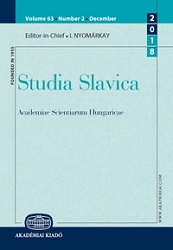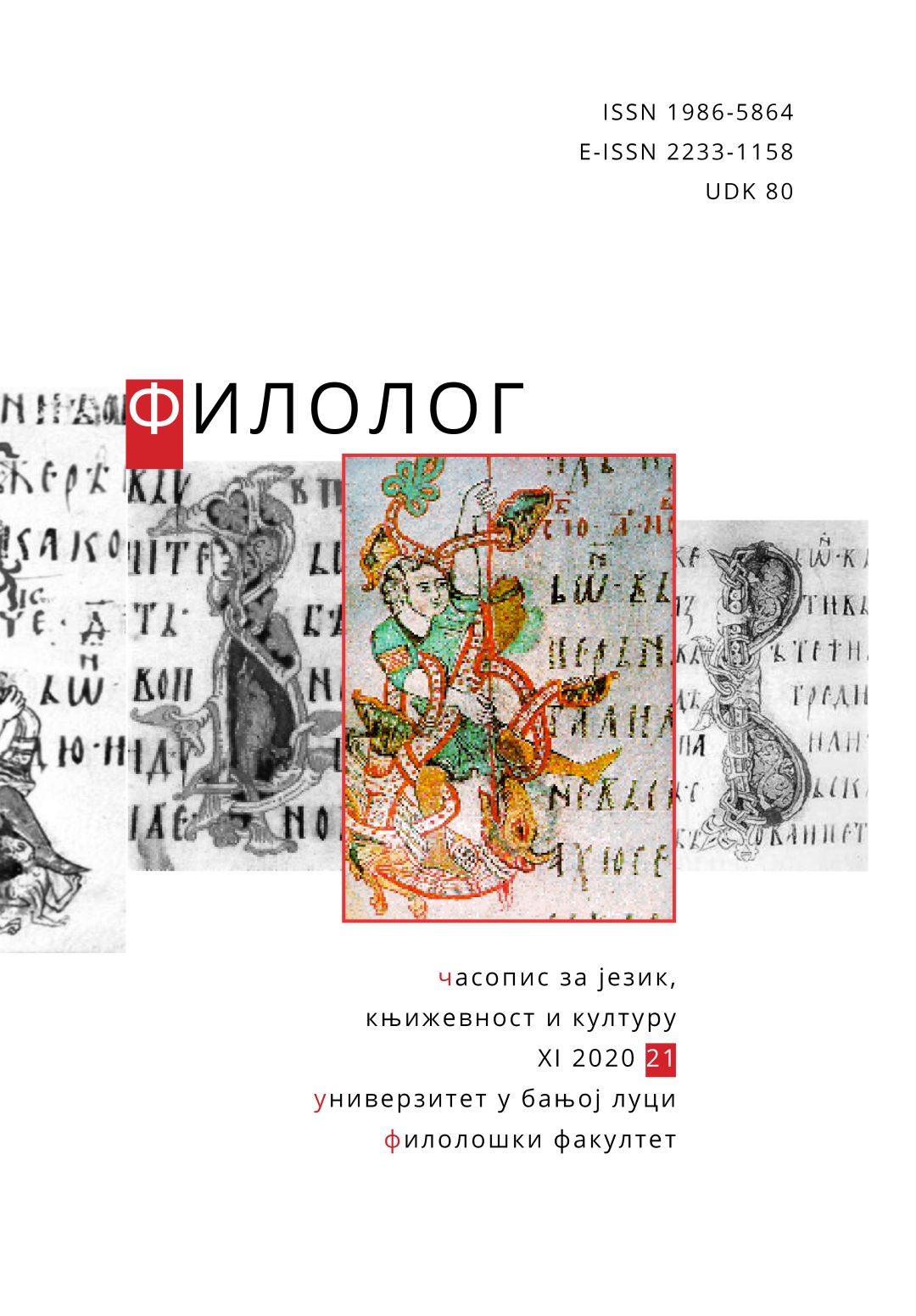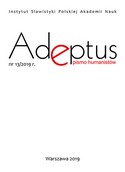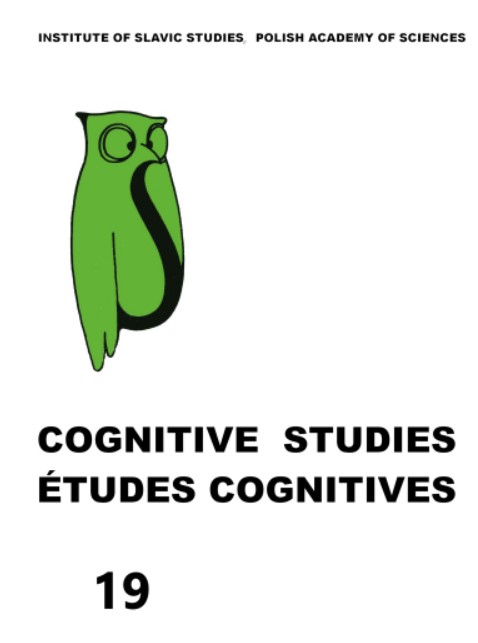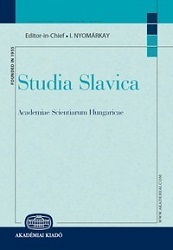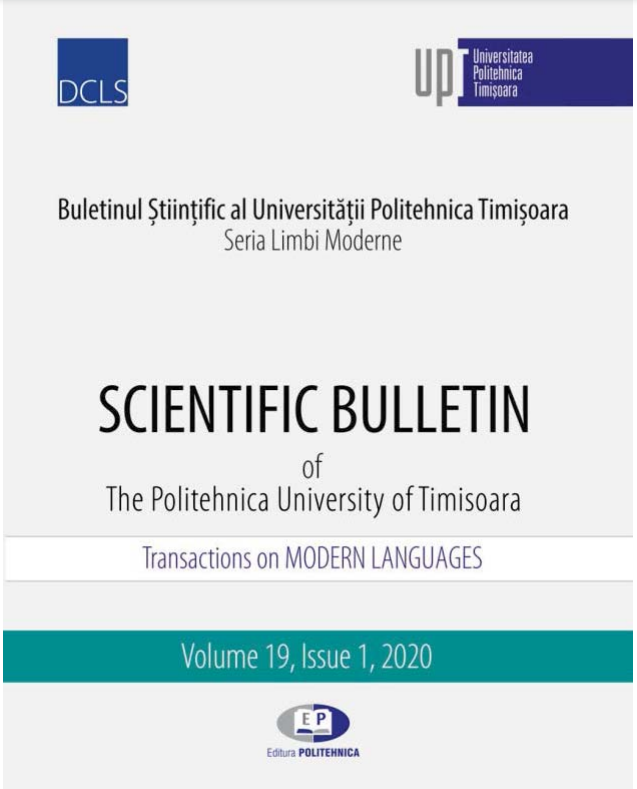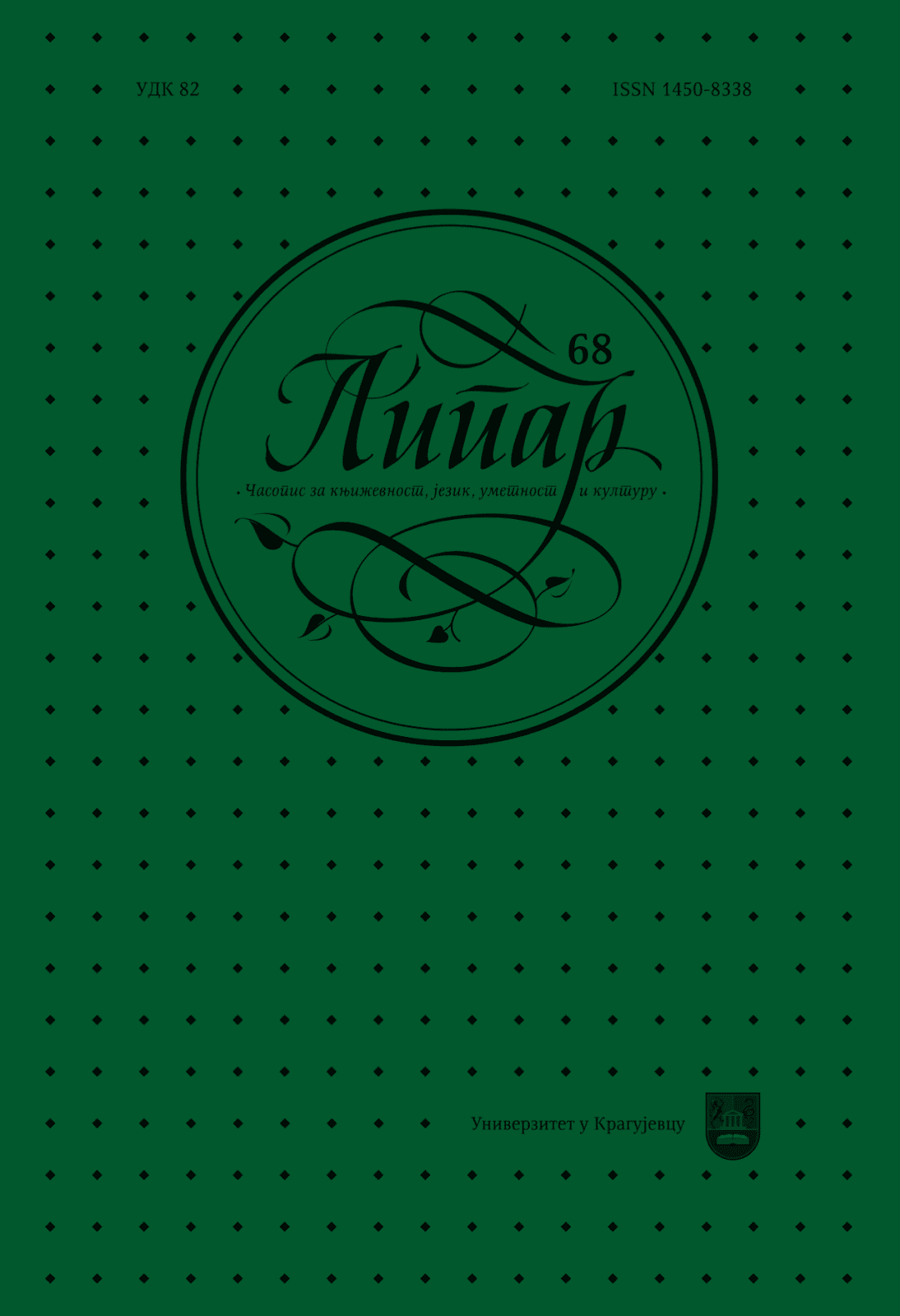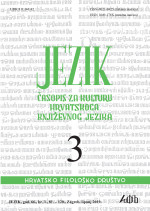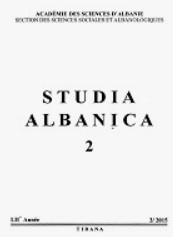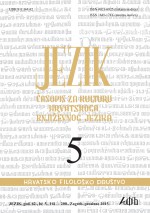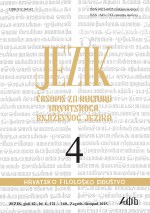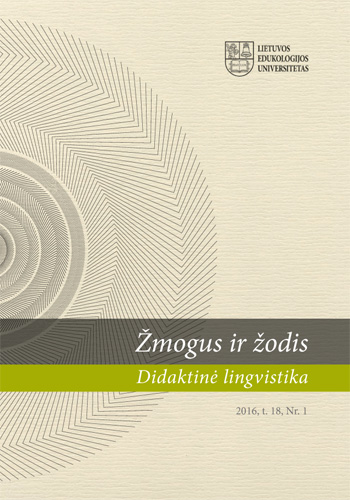
Germanizavimo įtaka Mažosios Lietuvos asmenvardžiams XVIII–XIX a.
The purpose of the article is to evaluate the influence of the 18th century great German colonization, Germanisation and the related bilingualism (Lithuanian and German) on the Lithuania Minor anthroponyms that functioned in the 18th-19th centuries. The object of the study is anthroponyms of the most intensely colonized counties (Įsrutis and Ragainė) of Lithuania Minor, inscribed in manuscript church books of christening, marriages, confirmation and death registration in the 18th-19th centuries, which are currently stored at the central archive of evangelicals (Berlin, Germany) and the funds of Lithuanian National Martynas Mažvydas Library. The study has justified that the situation of bilingualism played a crucial role in the assimilation of Lithuania Minor residents (Įsrutis and Ragainė counties). It has been found that such a situation prevailed until late 19th century in the region (Įsrutis and Ragainė counties). The analysis of anthroponym versions evidences superstratic impact of the German language dialects on the anthroponyms of local people and substratic impact of the Lithuanian language on the German anthroponyms. There were features of the Germanisation (orthographic and phonetic Germanisation methods) of local people’s anthroponyms in the 18th century, though these Germanisation cases were not regular: only a few surnames Germanised in the aforementioned methods were found. Thus, rare cases of orthographic and phonetic Germanisation should be evaluated in the extralinguistic context – different genders of the same surname could be written in the documents due to insufficient Lithuanian language knowledge of priests. Obvious consequences of Germanisation process of local people’s anthroponyms was manifested in late 19th century, when the structure and formation of surnames were strongly affected. Various structures of surname genders without endings were established, e.g., Markß, Maʒeik, Skalik, Woicʒul, female surnames also lost their typical methods of formation and became the same as male surnames, i.e. surnames with the Germanised suffix -eit (Lith. -aitis) were established, e.g., Abromeit, Joneleit. On the other hand, in the early 18th century names and surnames of German newcomers sometimes took Lithuanian elements. However, German acronyms in general were not Lithuanianised. Sporadic cases of sound substitution (German. f – Lith. p, Ger. ch– Lith. k), as well as addition of Lithuanian endings, illustrating the influence of the Lithuanian language, are assessed as a result of foreign lexeme adaptation in the Lithuanian linguistic area.
More...
